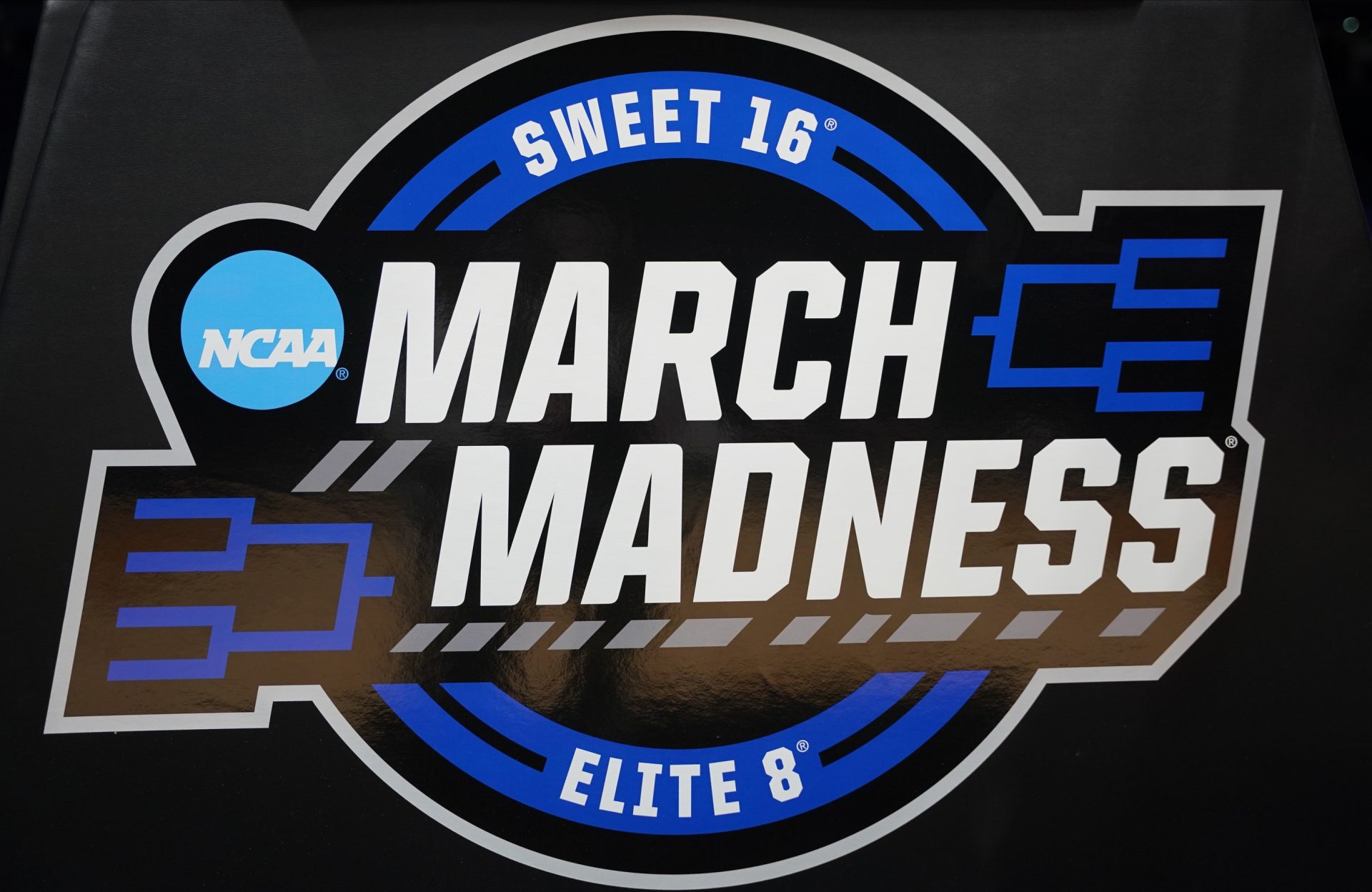The NCAA Men’s Basketball Tournament, often referred to as “March Madness,” has expanded multiple times since its establishment, reflecting the sport’s expanding popularity and a desire to include more teams in the title hunt.

March Madness Makeover: How the NCAA Tournament Expanded Over Time
Here’s a historical outline of the major changes in the tournament’s format:
1939: The Inaugural Tournament
The NCAA Tournament commenced in 1939, with only eight schools contending for the national championship. This tiny beginning laid the foundation for what eventually became one of the most recognized events in American sports.
The Oregon Ducks finished the season 29-5 and defeated Ohio State 46-33 to win the national championship in the first NCAA tournament.
1951: Expansion to 16 Teams
In 1951, the tournament’s size was doubled to 16 teams. This modification allowed for a more diverse representation of colleges and raised the competition’s intensity.
1975: Inclusion of At-Large Bids
By 1975, the field had grown to 32 teams, including at-large bids and conference champions. This expansion recognized the competitive strength of teams other than conference champions, giving other programs an opportunity at the crown.
One Shining Moment
The March Madness anthem is “One Shining Moment”. David Barrett wrote the song in 1986, and it was originally played during the NCAA men’s basketball tournament in 1987. Following each tournament, the song is accompanied by a montage of the top moments of March Madness, including every buzzer-beater and huge upset, as well as fan reactions.
1985: The 64-Team Era Begins
The tournament expanded to 64 teams in 1985, marking a significant milestone. This format brought a more extended bracket system, thrilling audiences with its wider range of games and the possibility for upsets.
March Madness was first used to refer to basketball in 1939 by Henry V. Porter, an Illinois high school official.
However, it did not make its way to the NCAA tournament until 1982, when CBS commentator Brent Musburger used it during coverage of the tournament. Since then, the term has evolved to refer to the NCAA Division I men’s basketball tournament.
2001: Introduction of the Opening Round Game
In 2001, the tournament pool was expanded to 65 teams to include an additional automatic qualifier. This resulted in a single opening-round game, in which the two lowest-seeded teams contended for a position in the main 64-team bracket.
2011: Expansion to 68 Teams and the ‘First Four’
The tournament’s most recent expansion happened in 2011, when it reached 68 teams. This introduced the “First Four,” which consisted of four play-in games to determine which teams would progress to the standard 64-team bracket.
Potential Future Expansions
Proposals regarding expanding the event are underway. In February 2025, sources suggested that the NCAA was considering expanding the field to 72 or 76 teams as early as 2026.
Also Read: How Much Money Would Perfect March Madness Bracket Worth in 2025?
Big 12 Commissioner Brett Yormark has stated his support for a 76-team structure, implying that a decision could be made in the coming months.
These proposed adjustments intend to offer more teams a chance to participate in college basketball’s biggest stage, but they also raise concerns about the tournament’s competitive balance and enthusiasm.
Don’t miss a moment of March Madness! Download your 2025 NCAA Tournament printable bracket and stay on top of every game, matchup, and Cinderella story. Get yours now!



